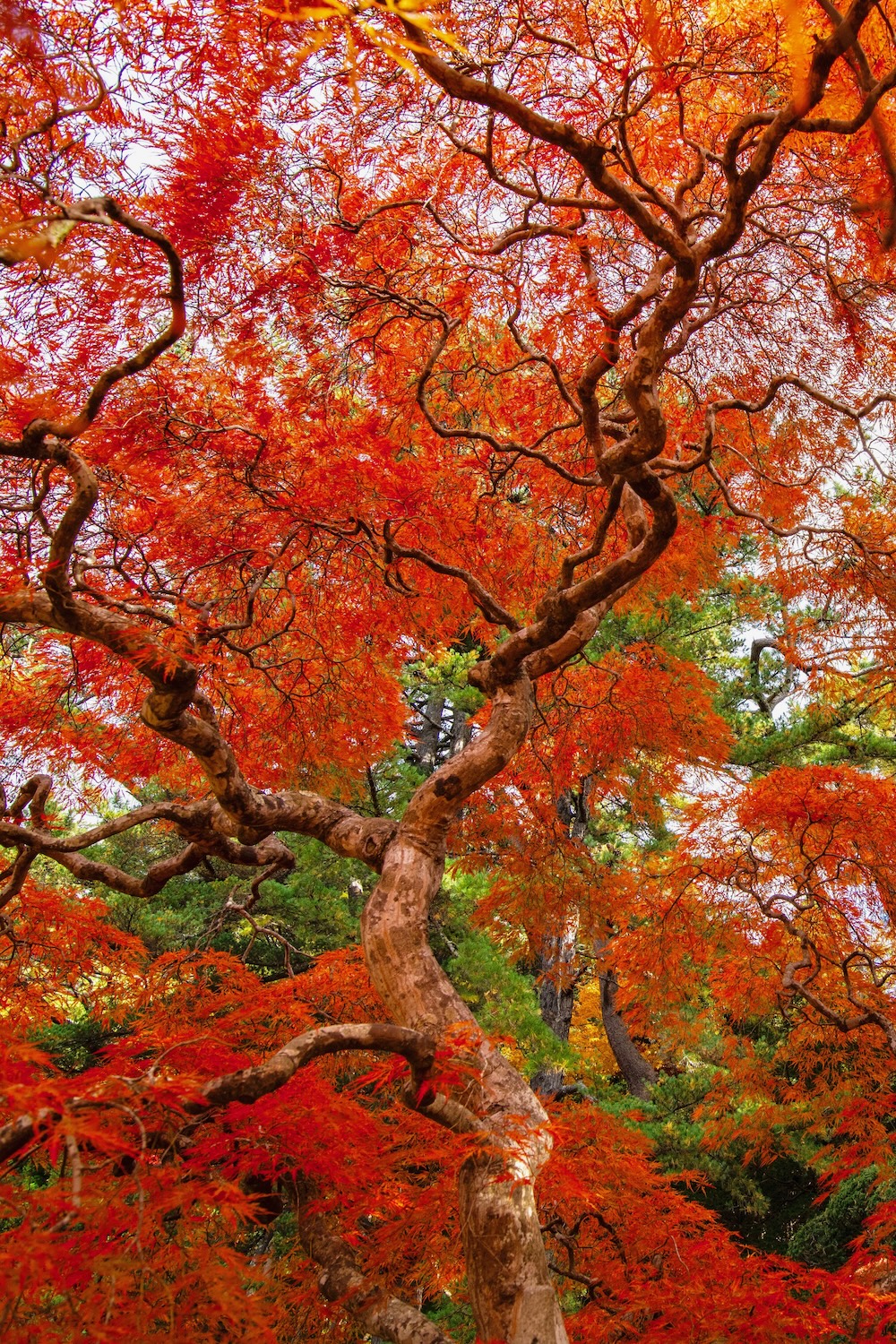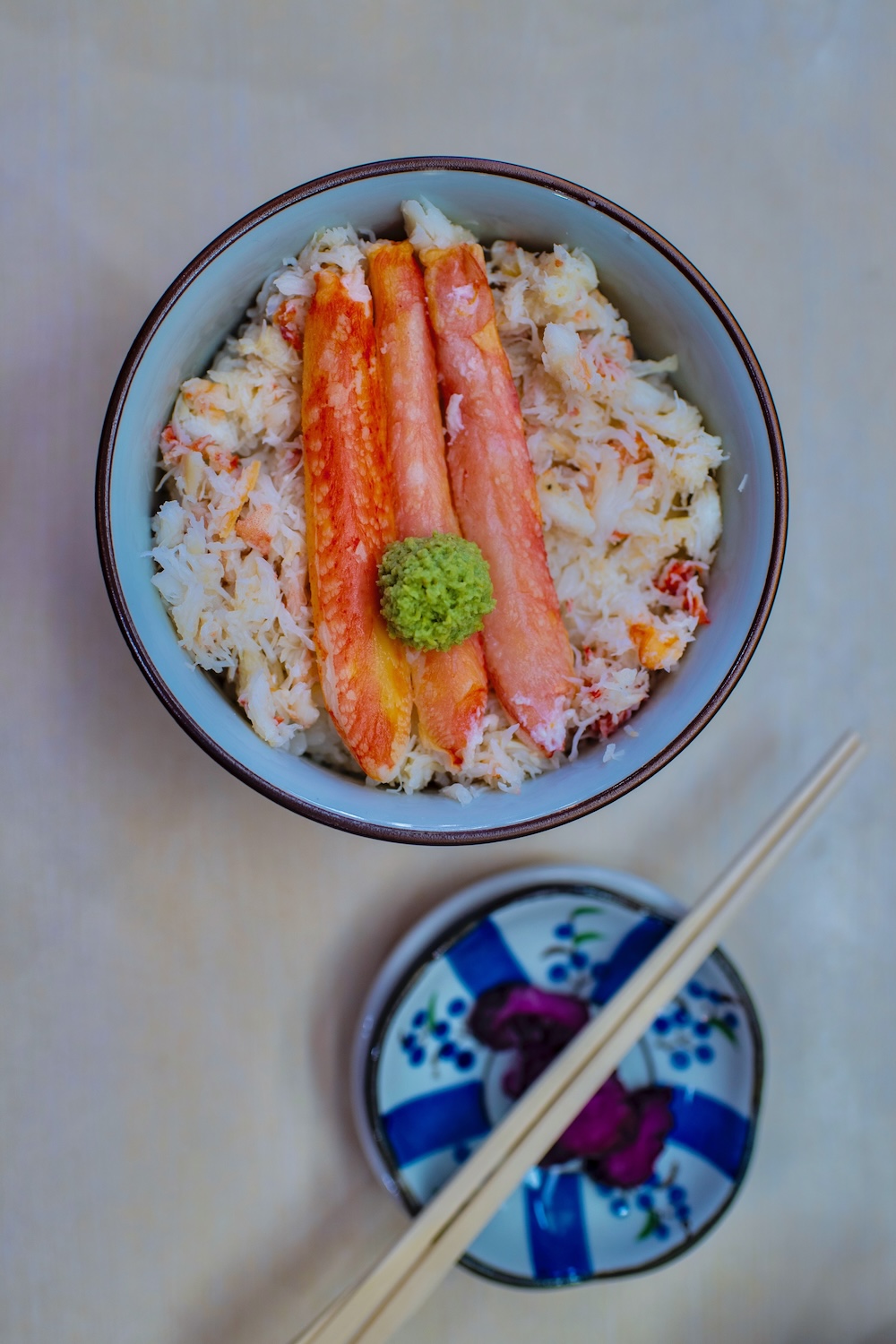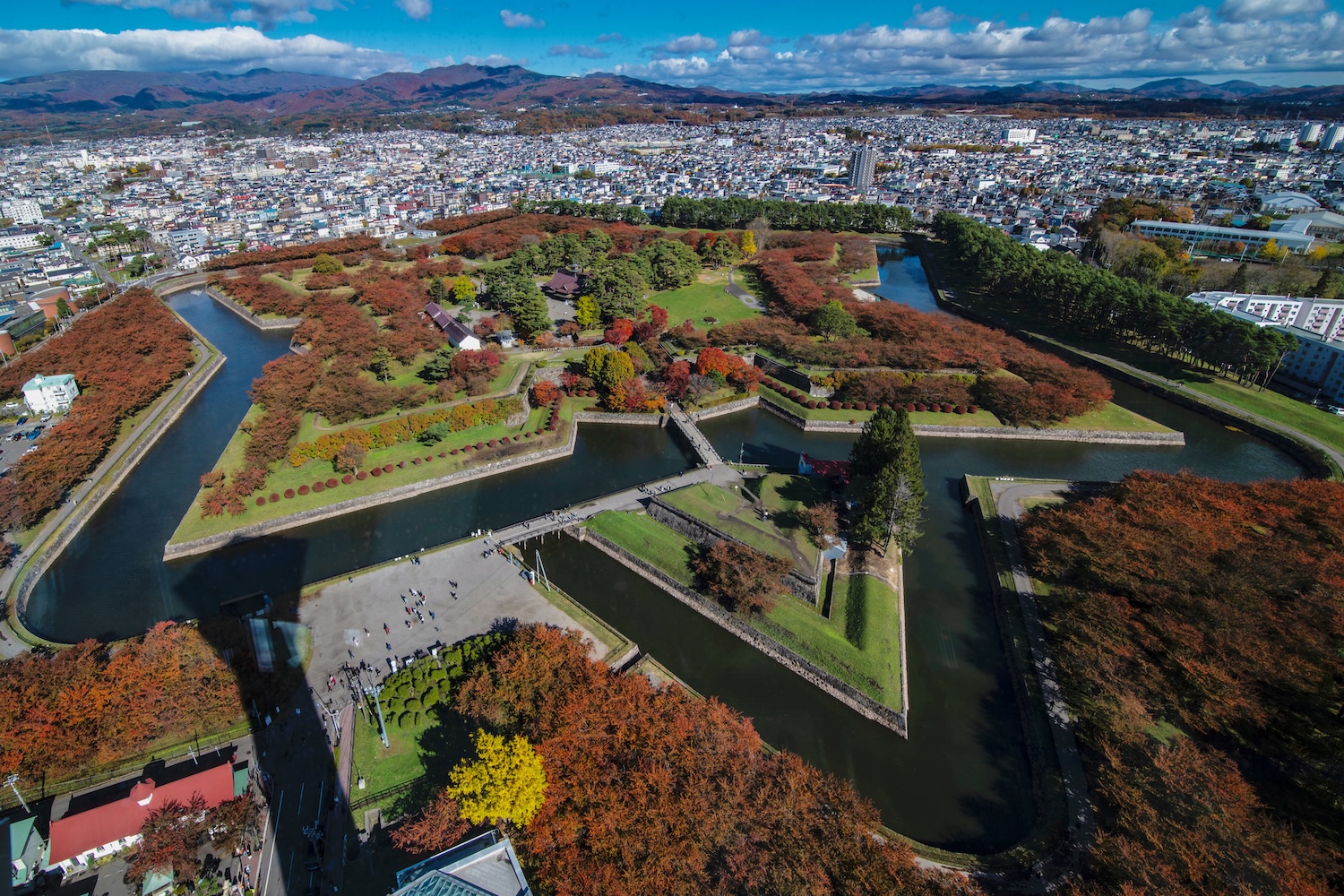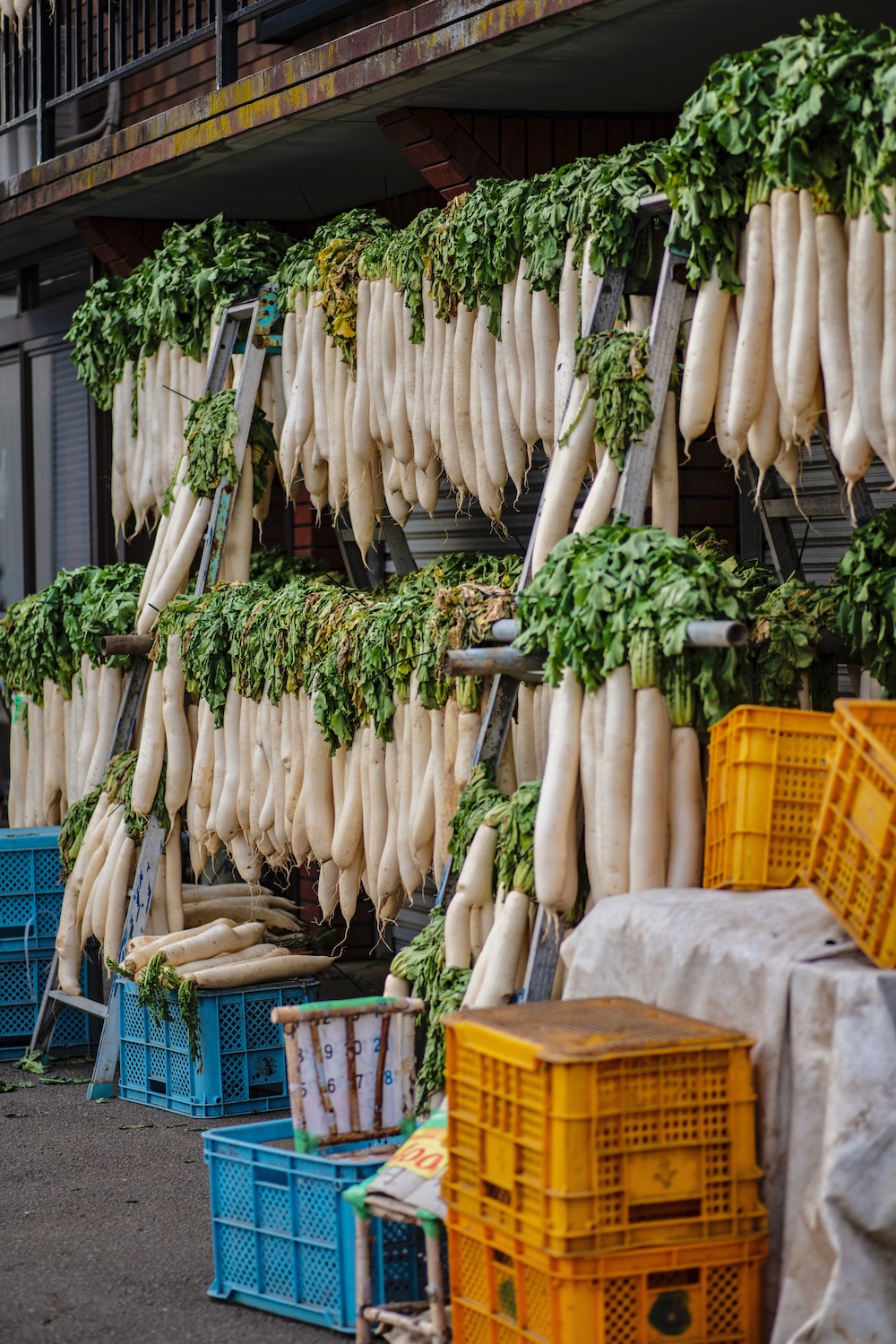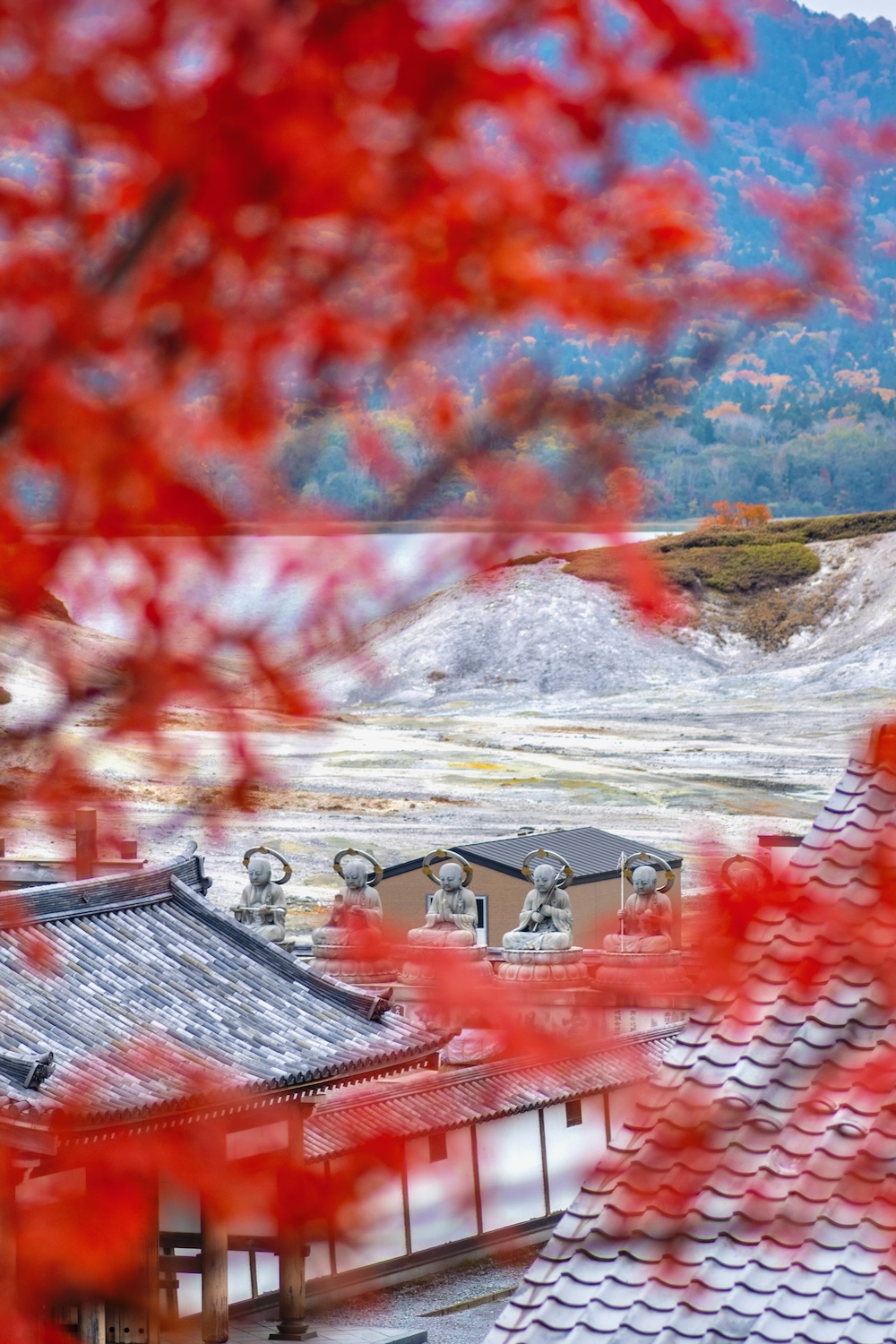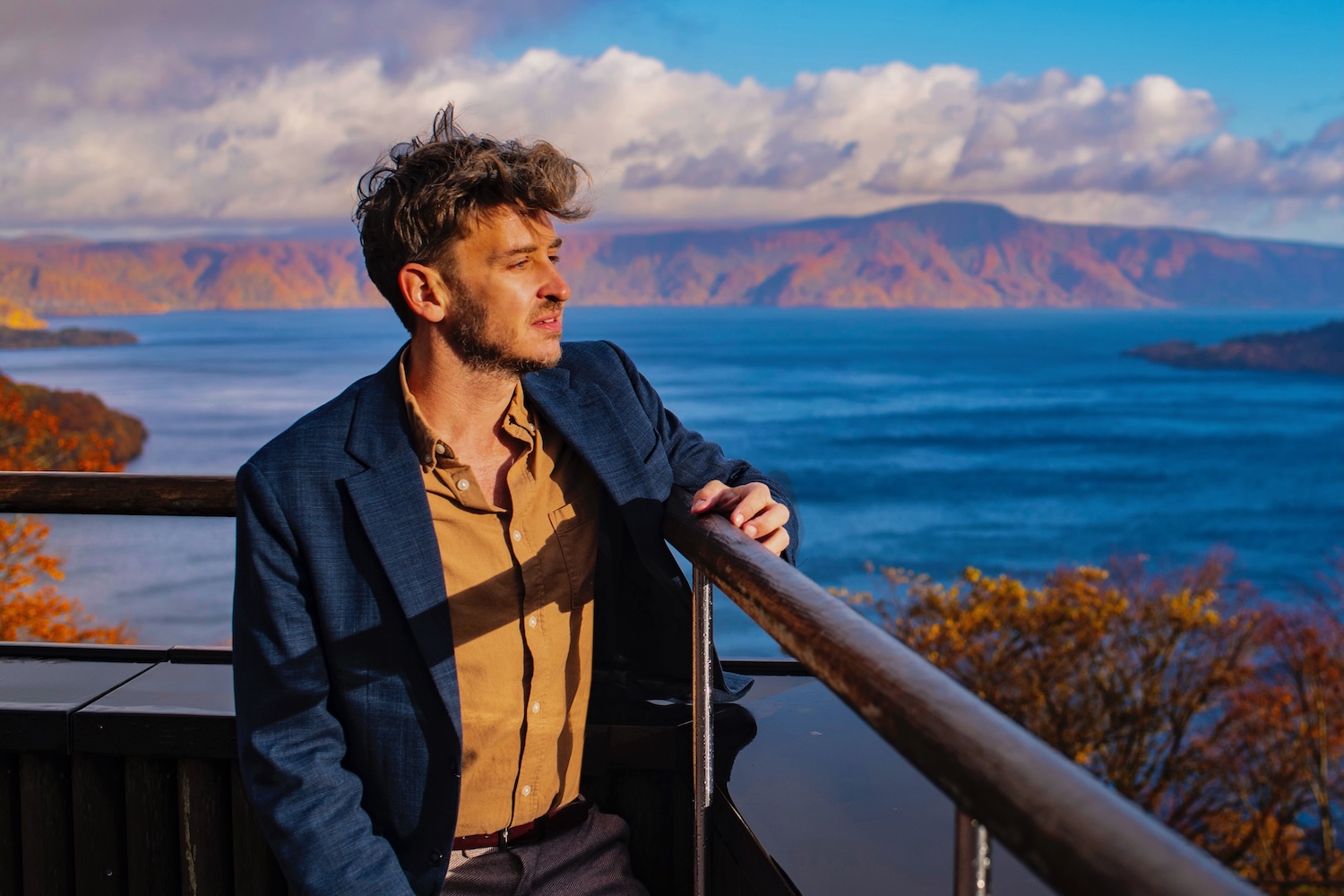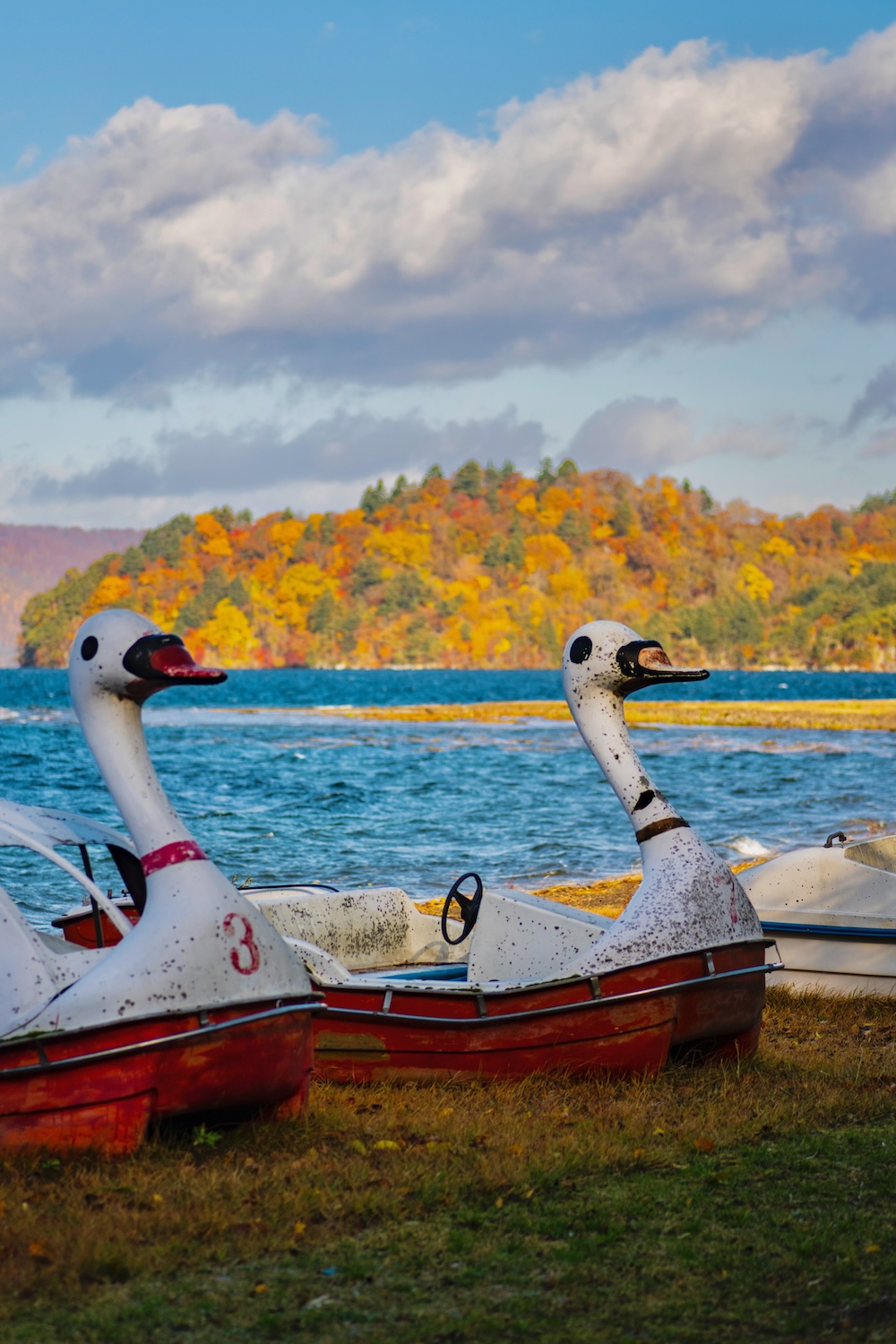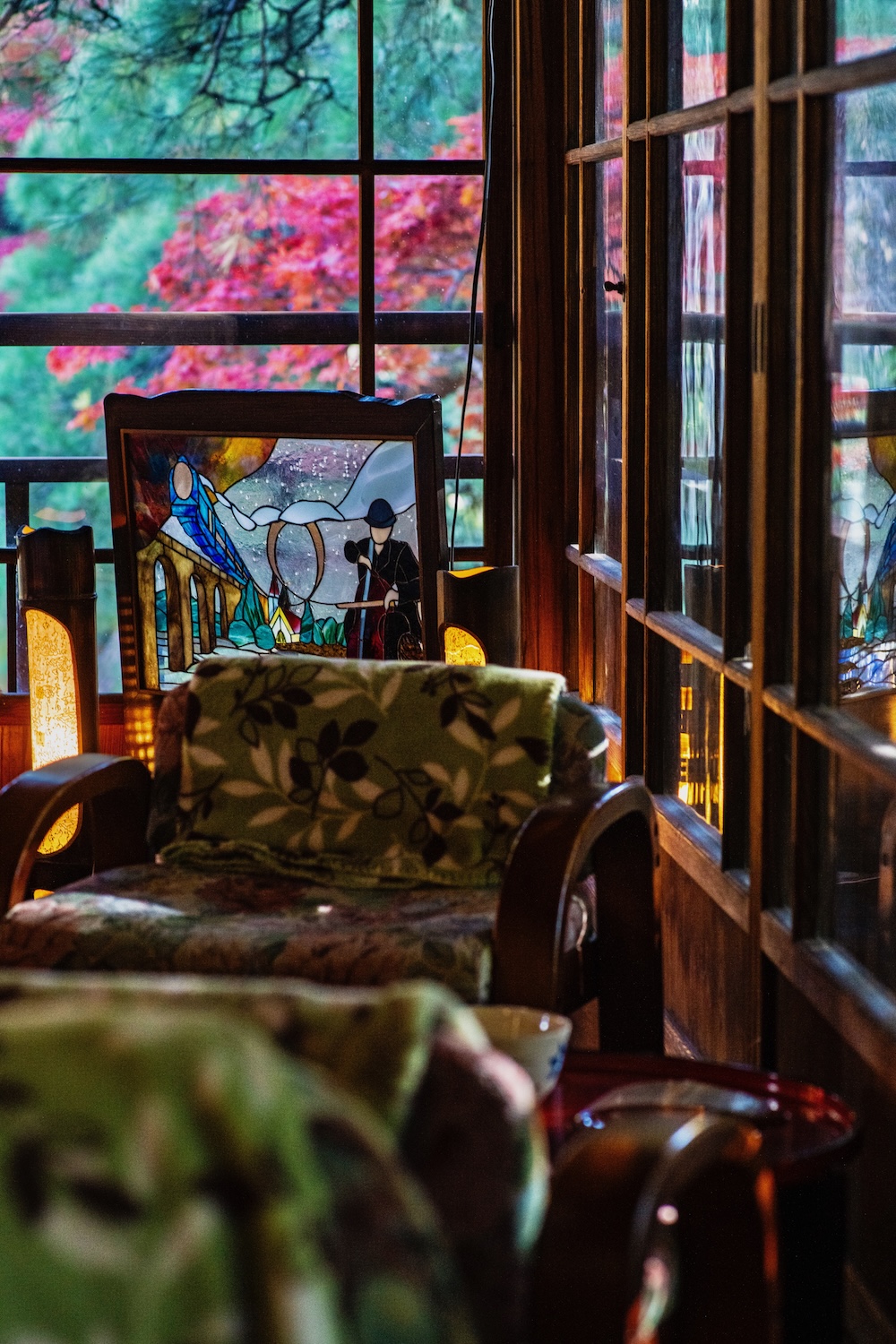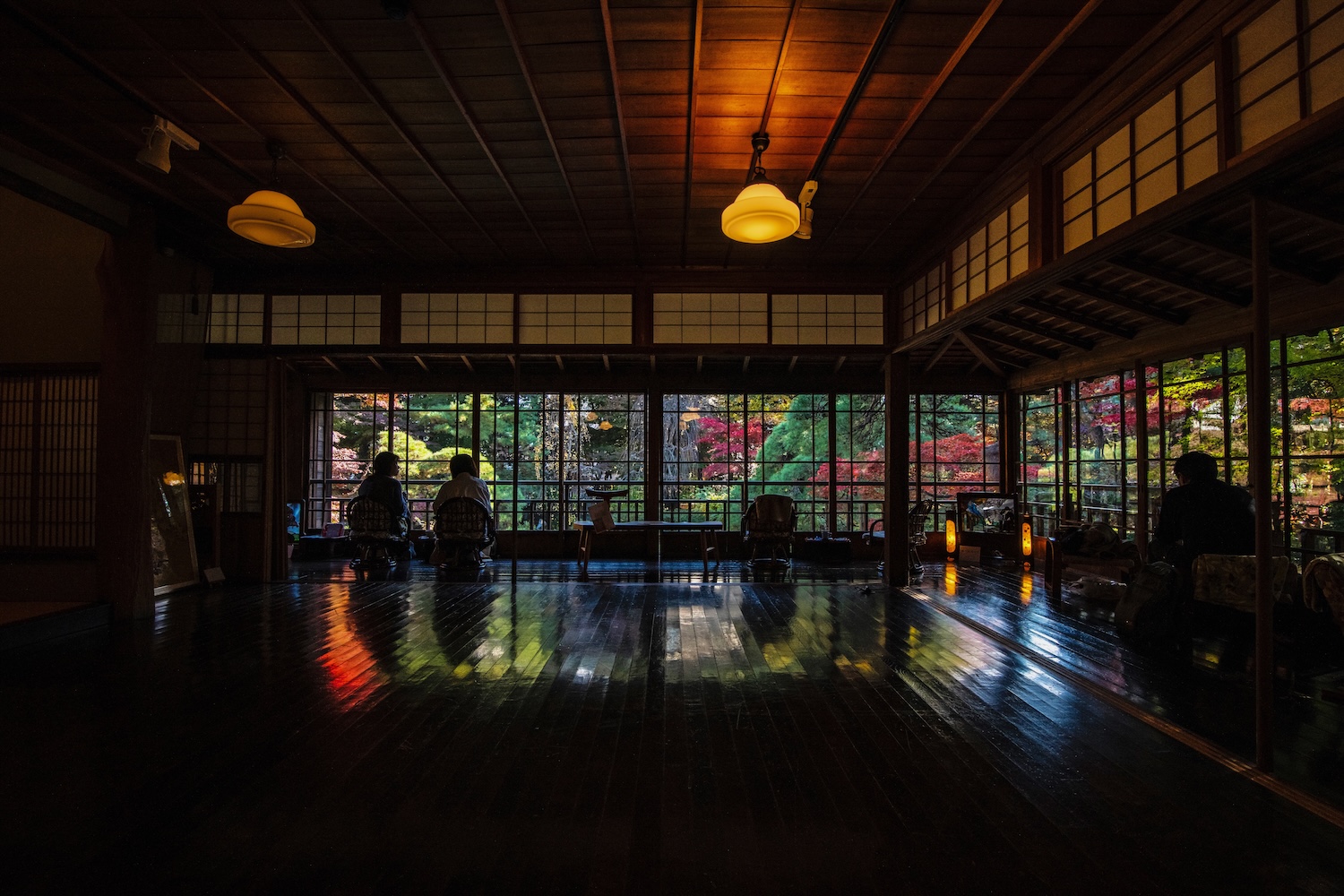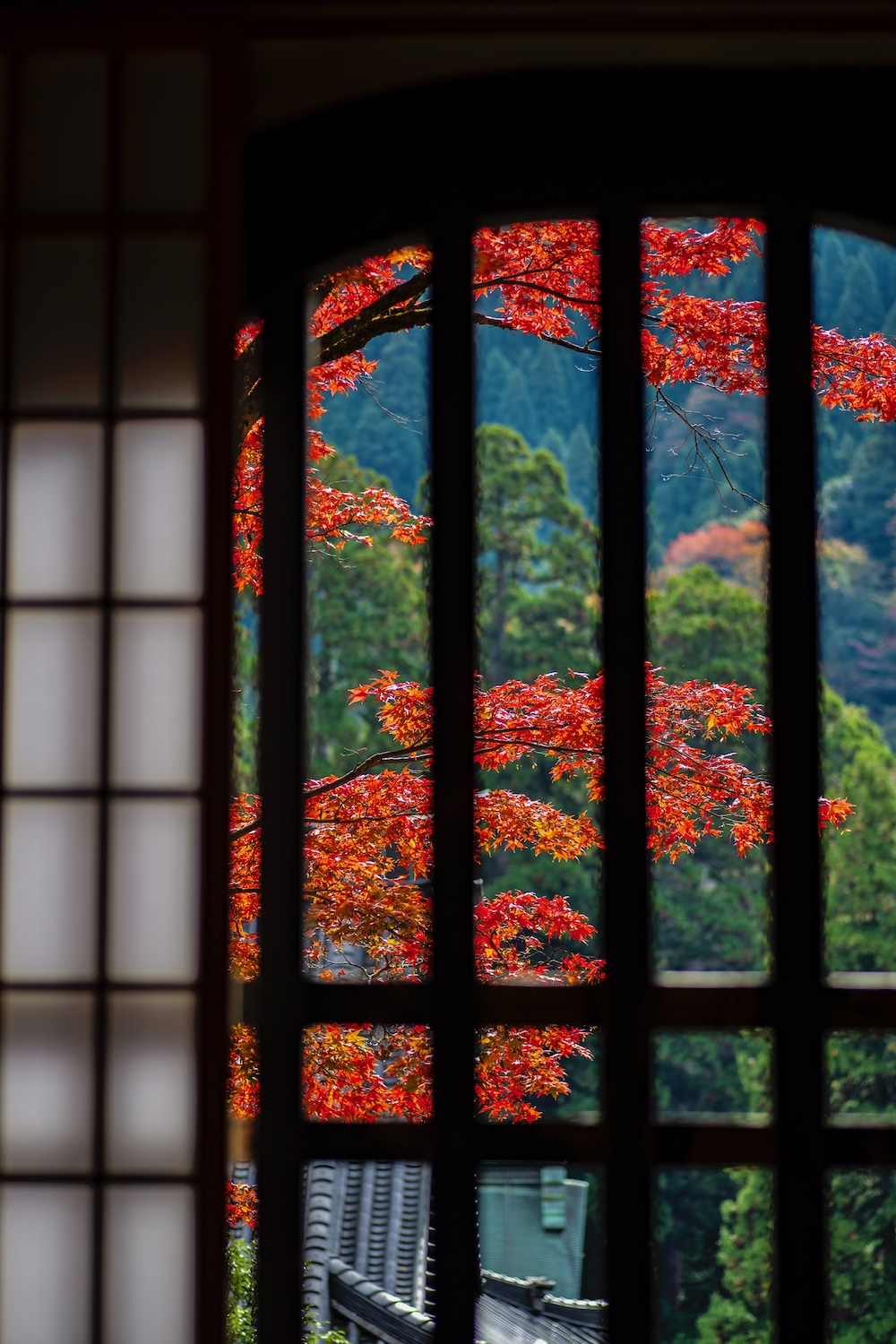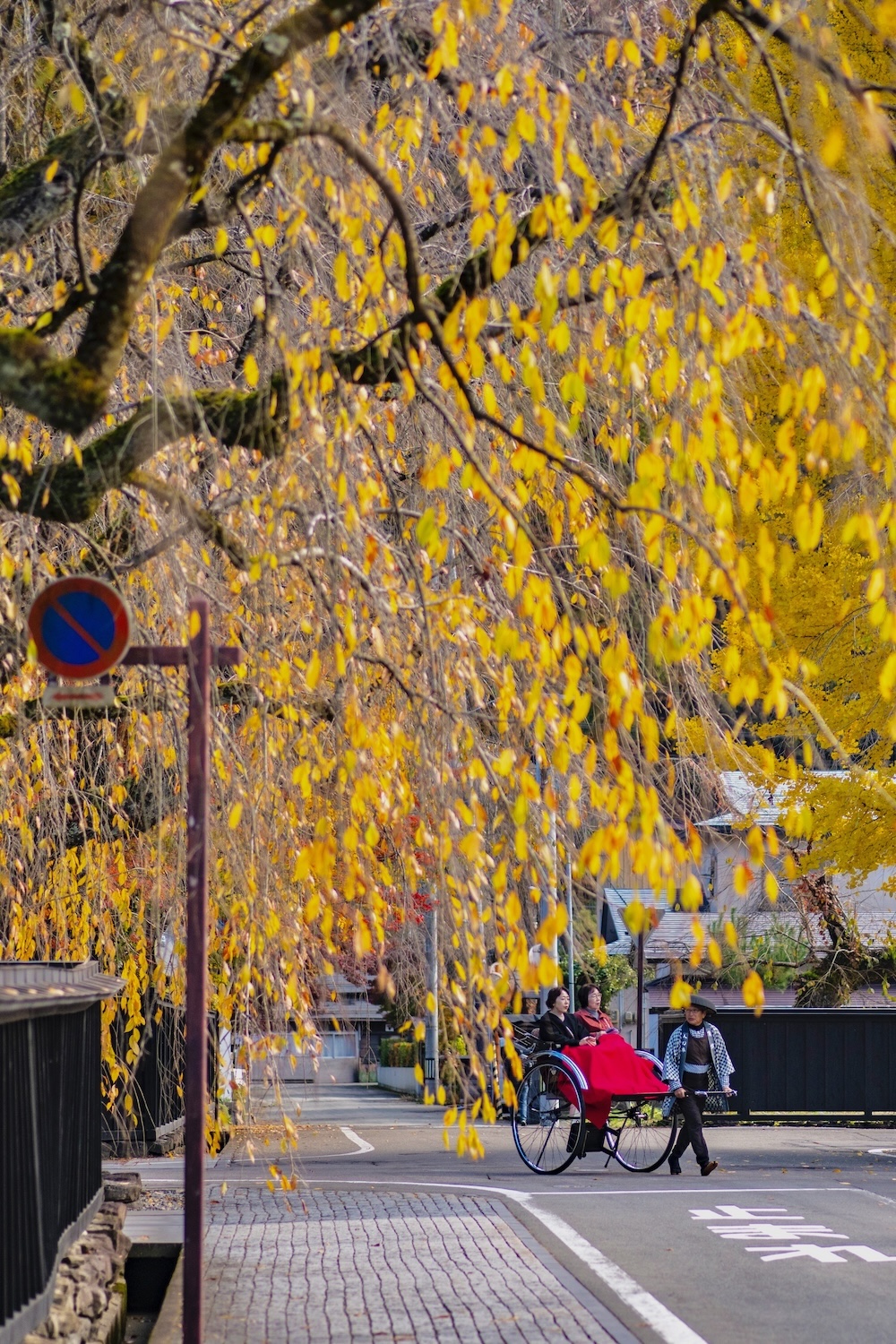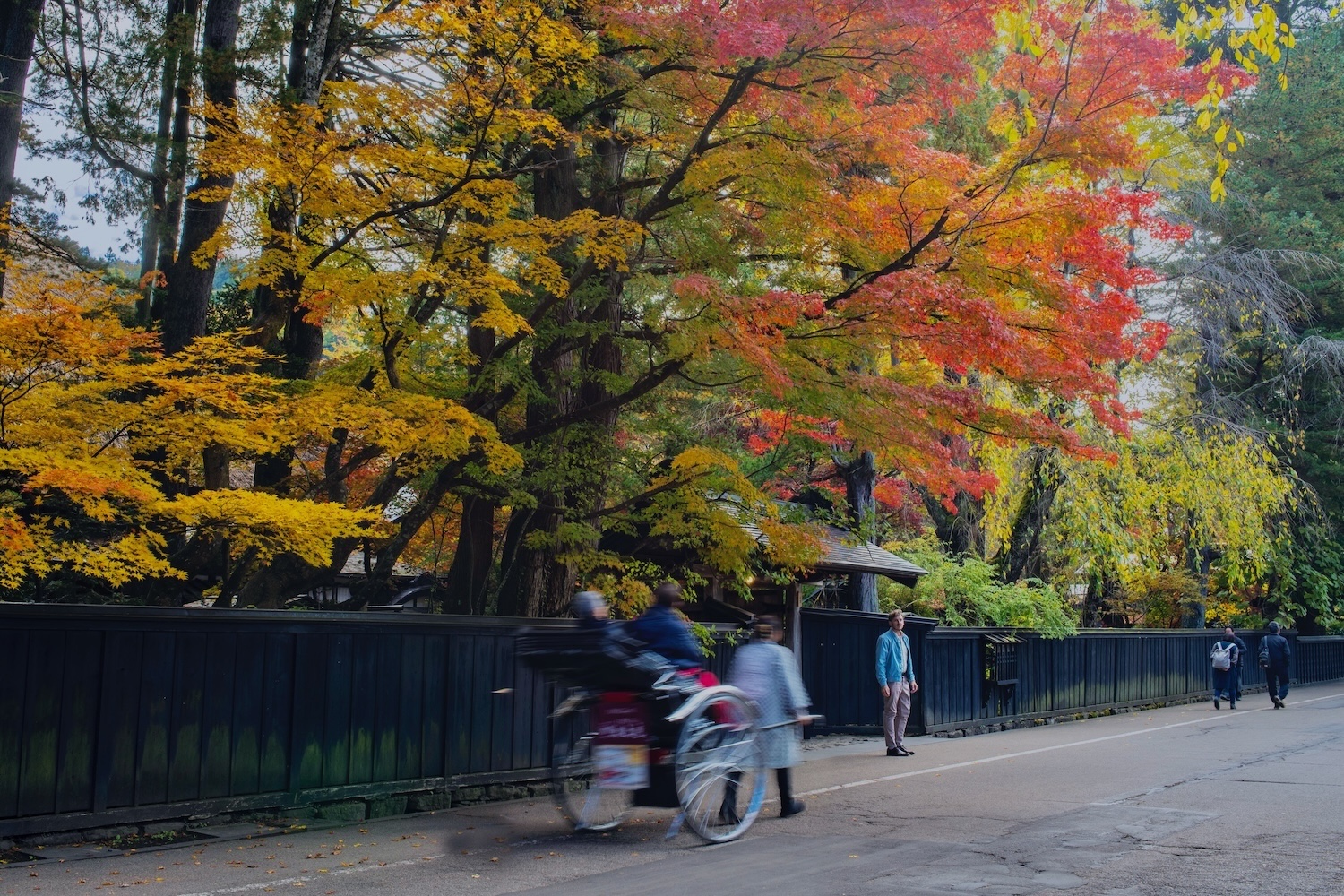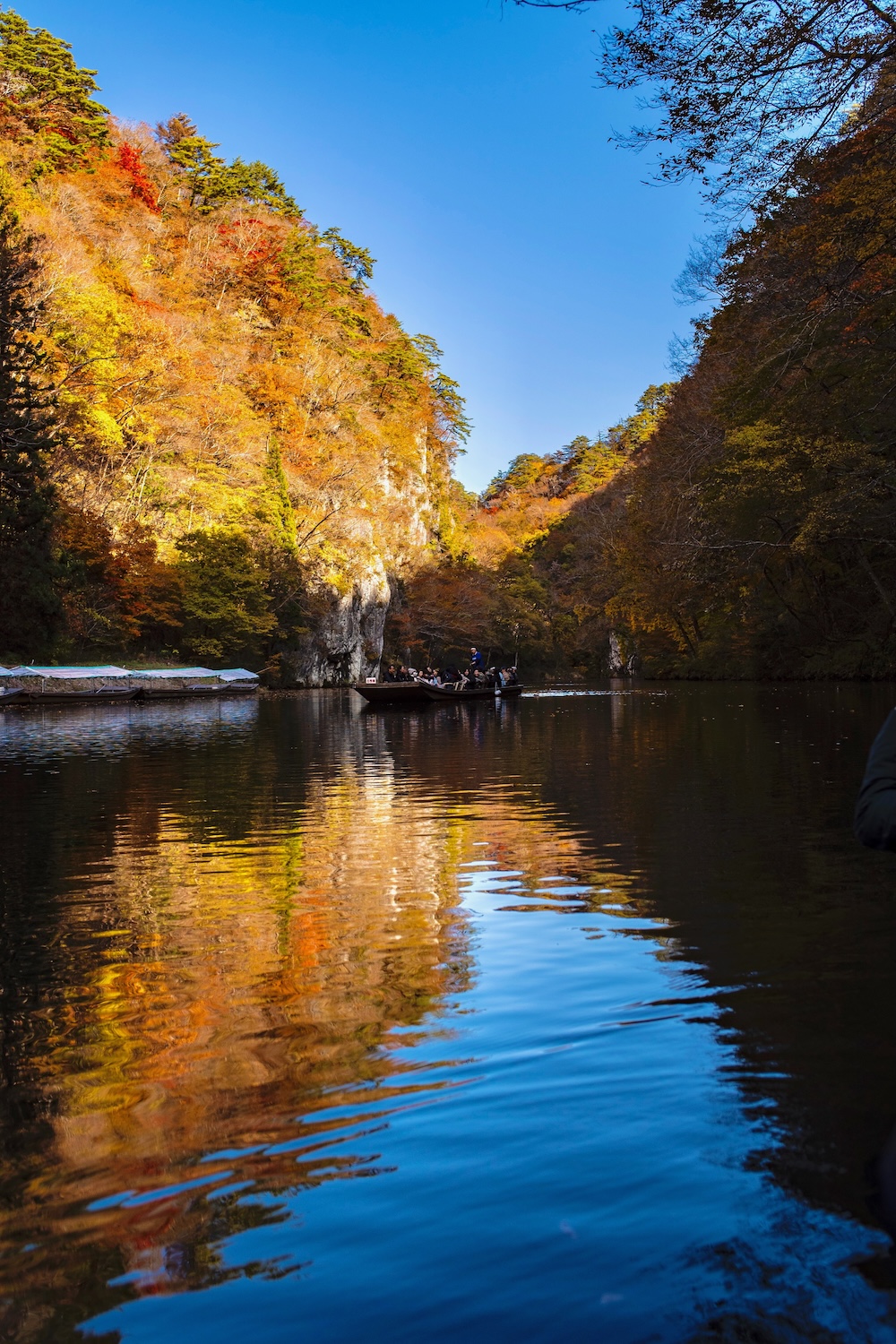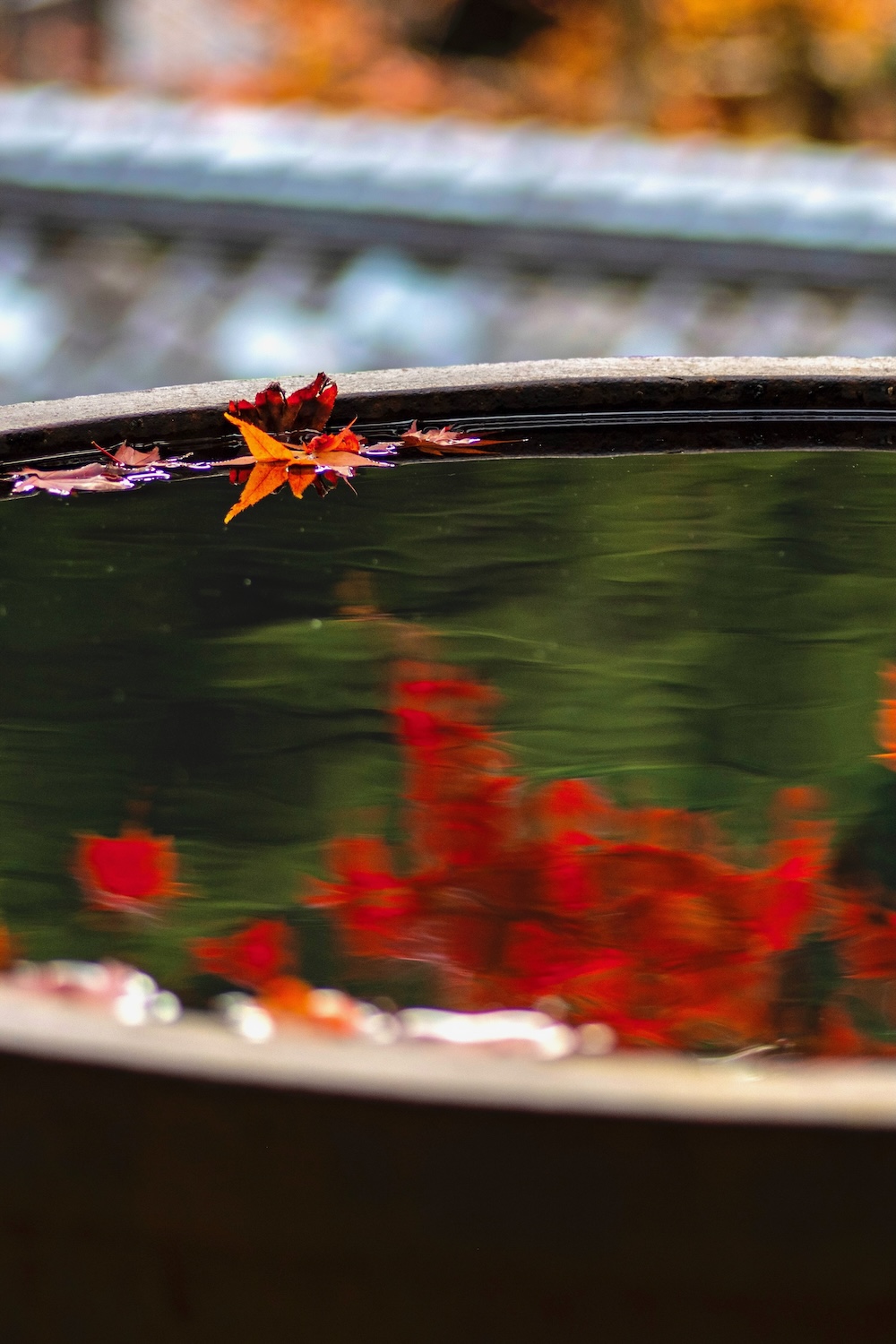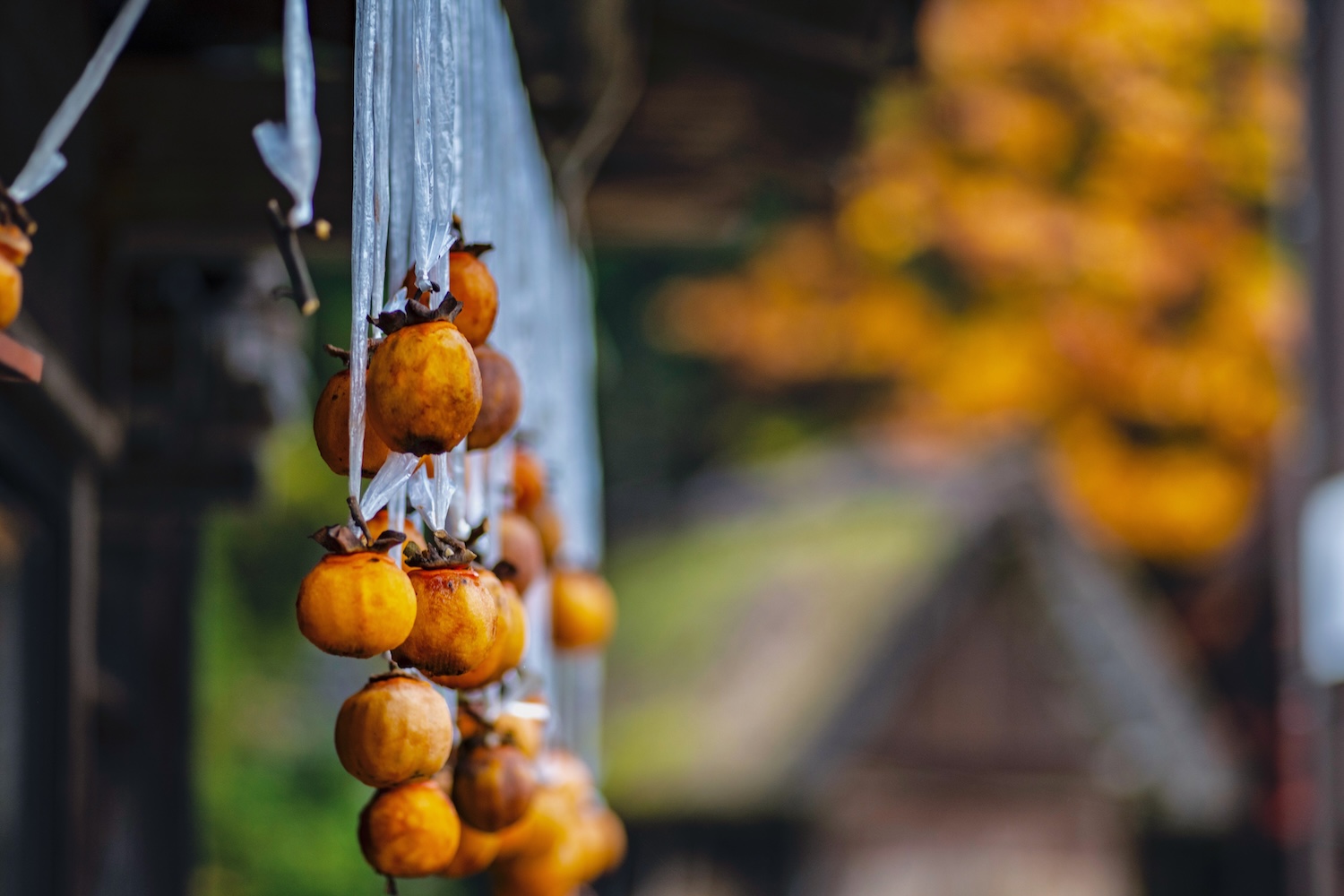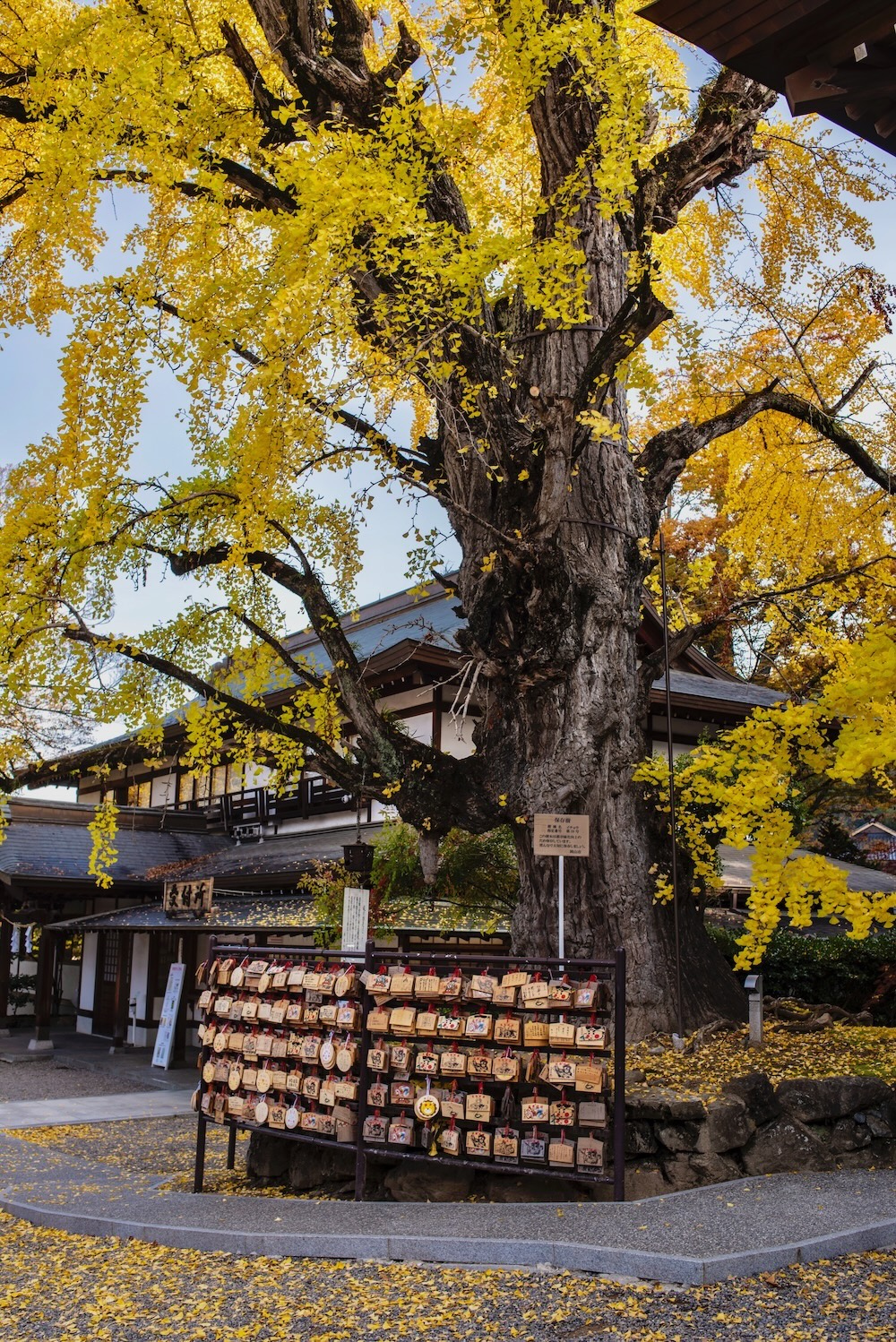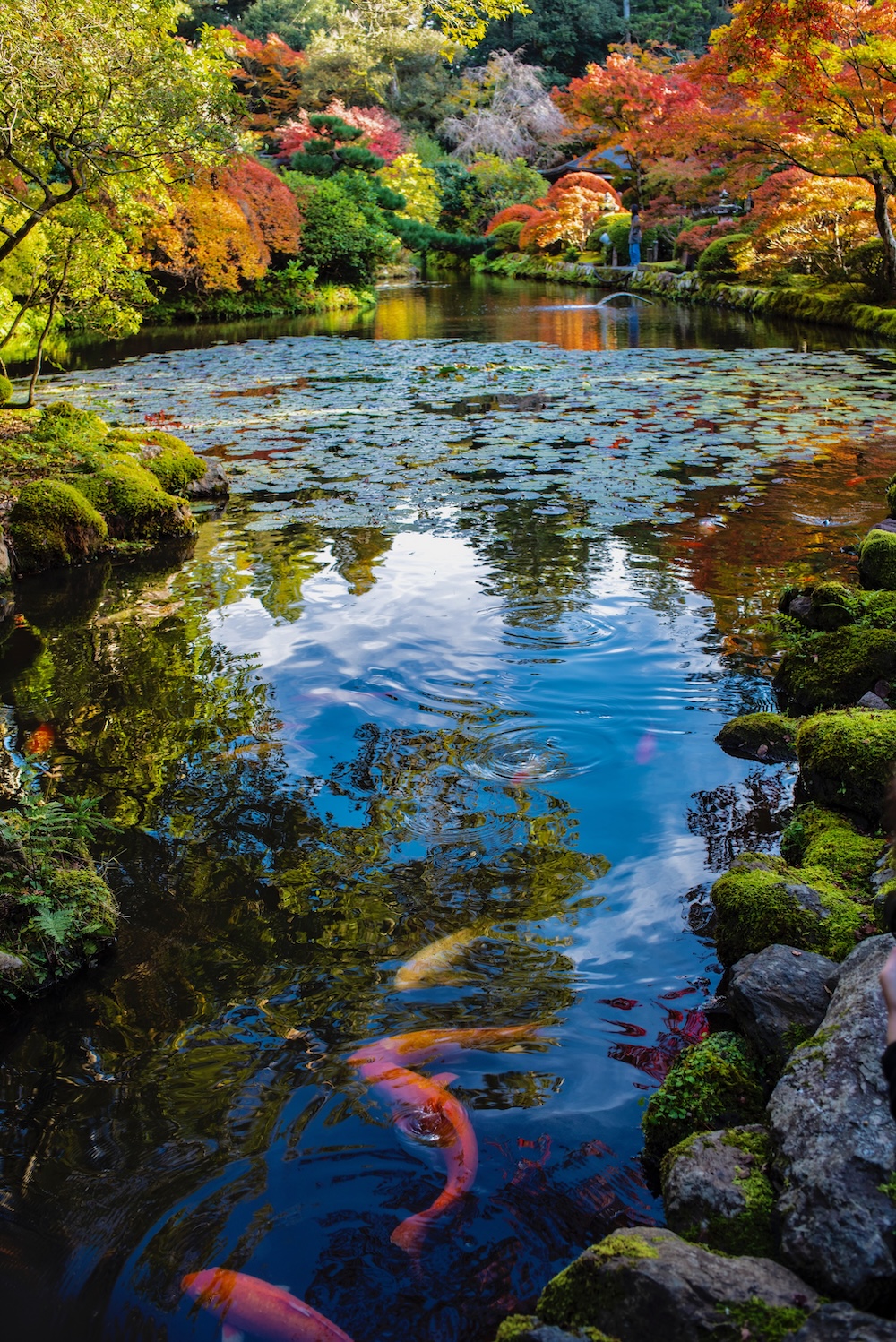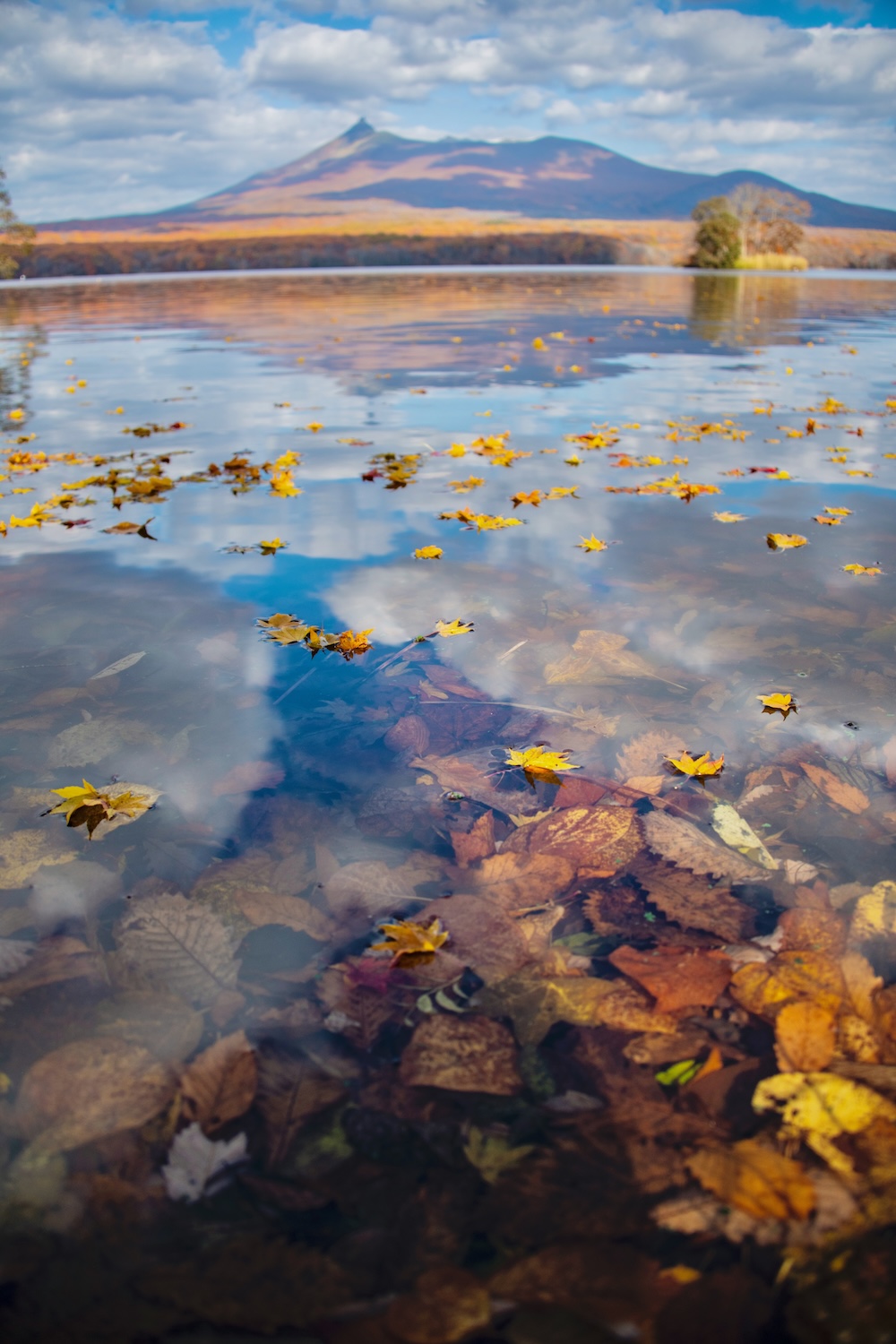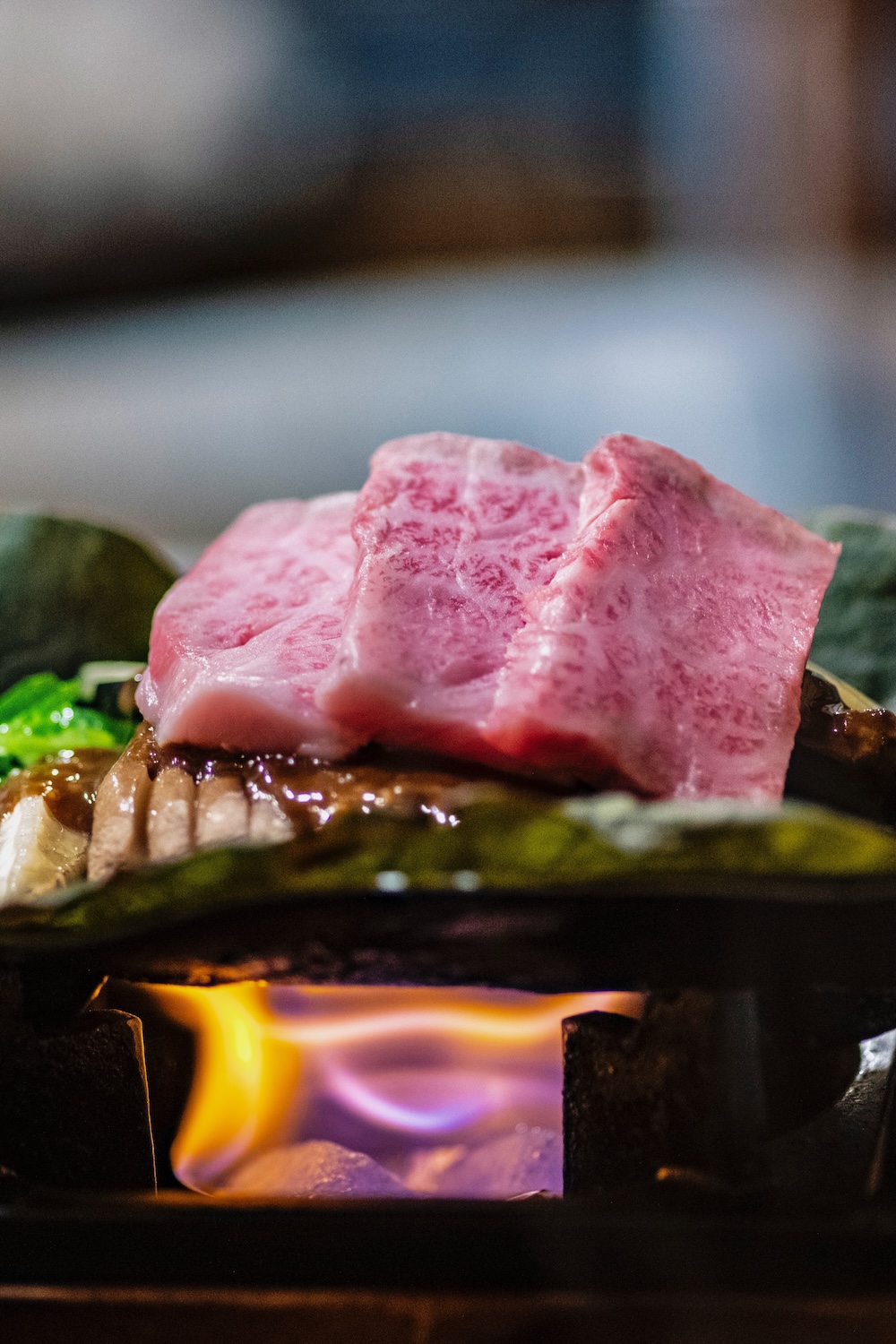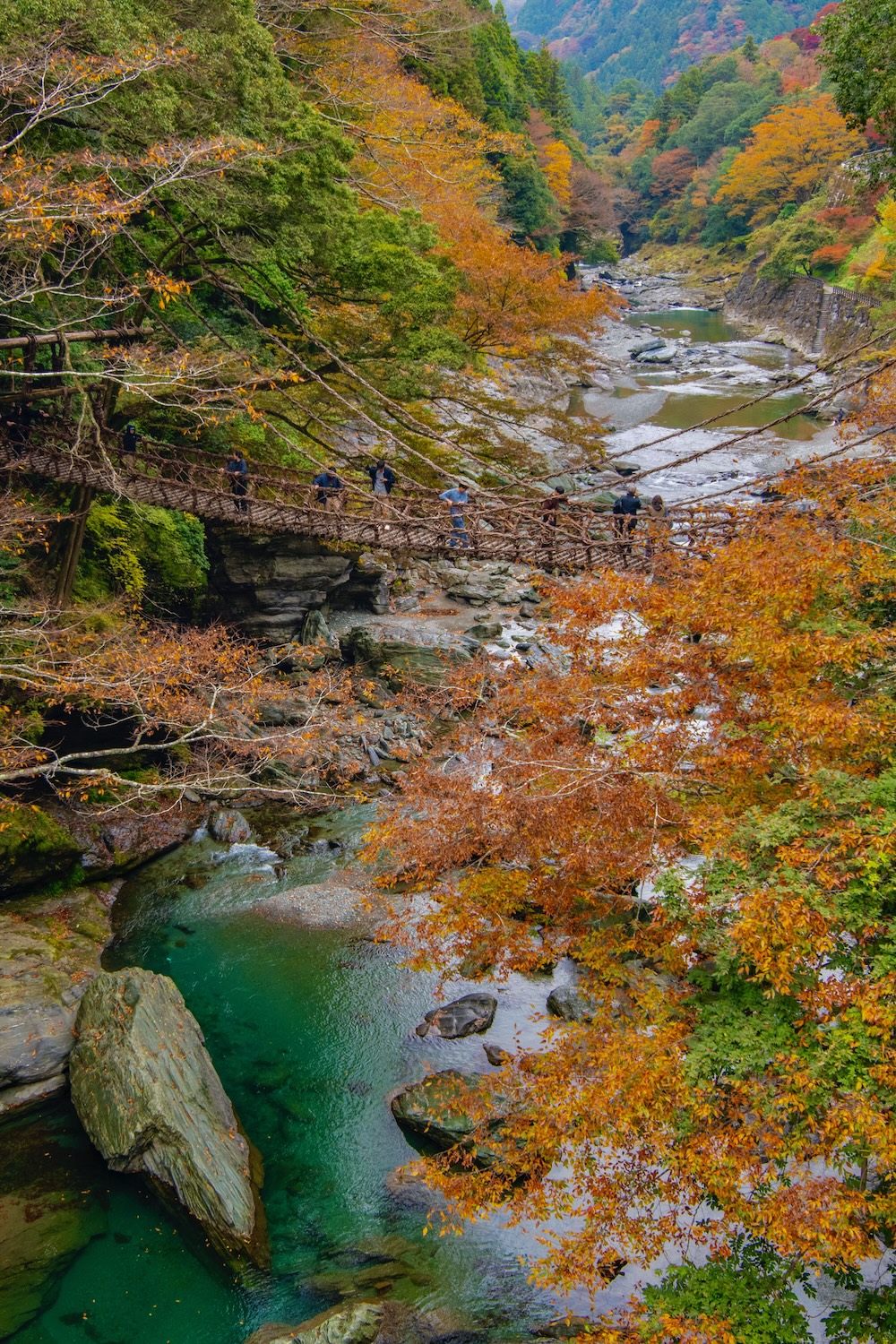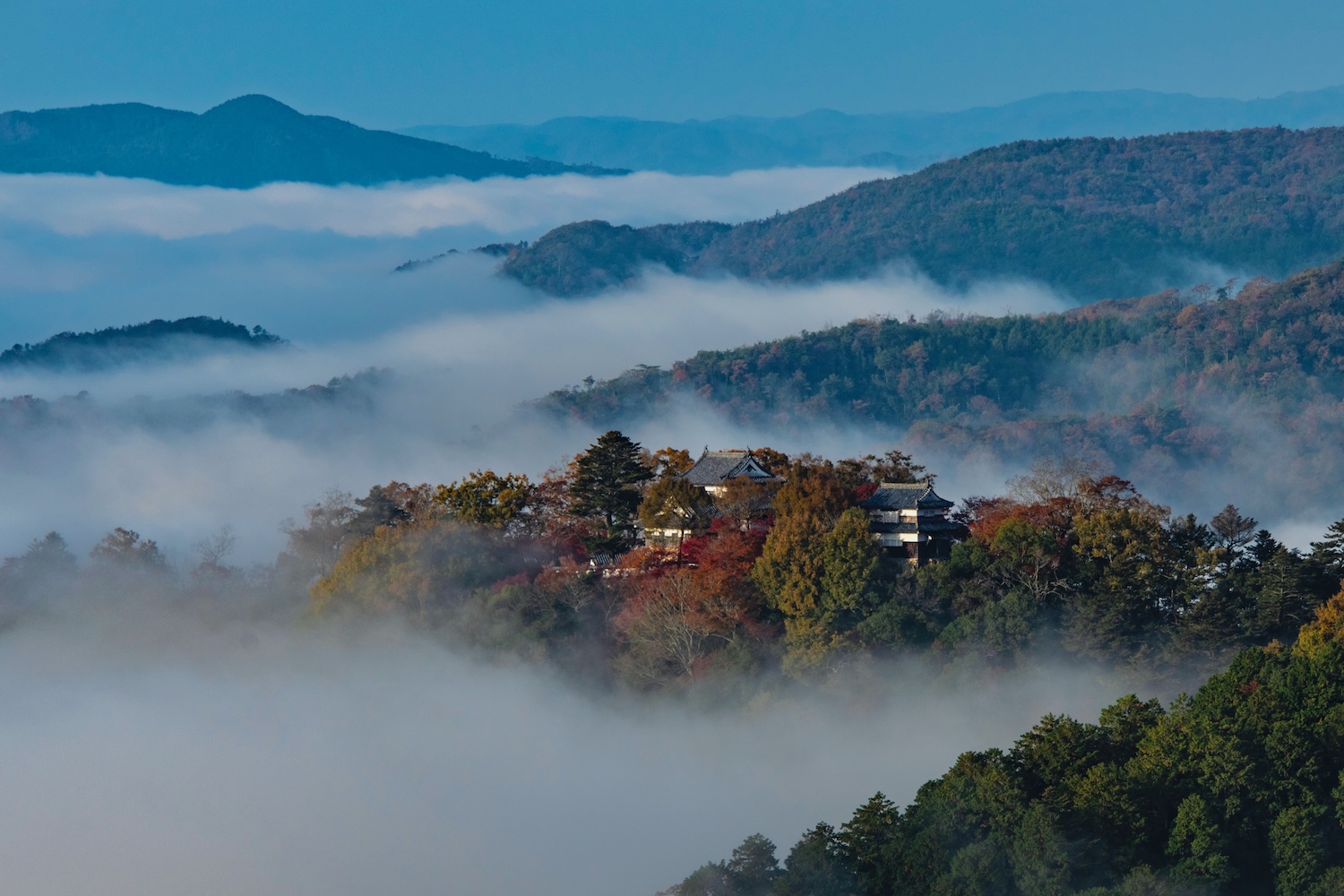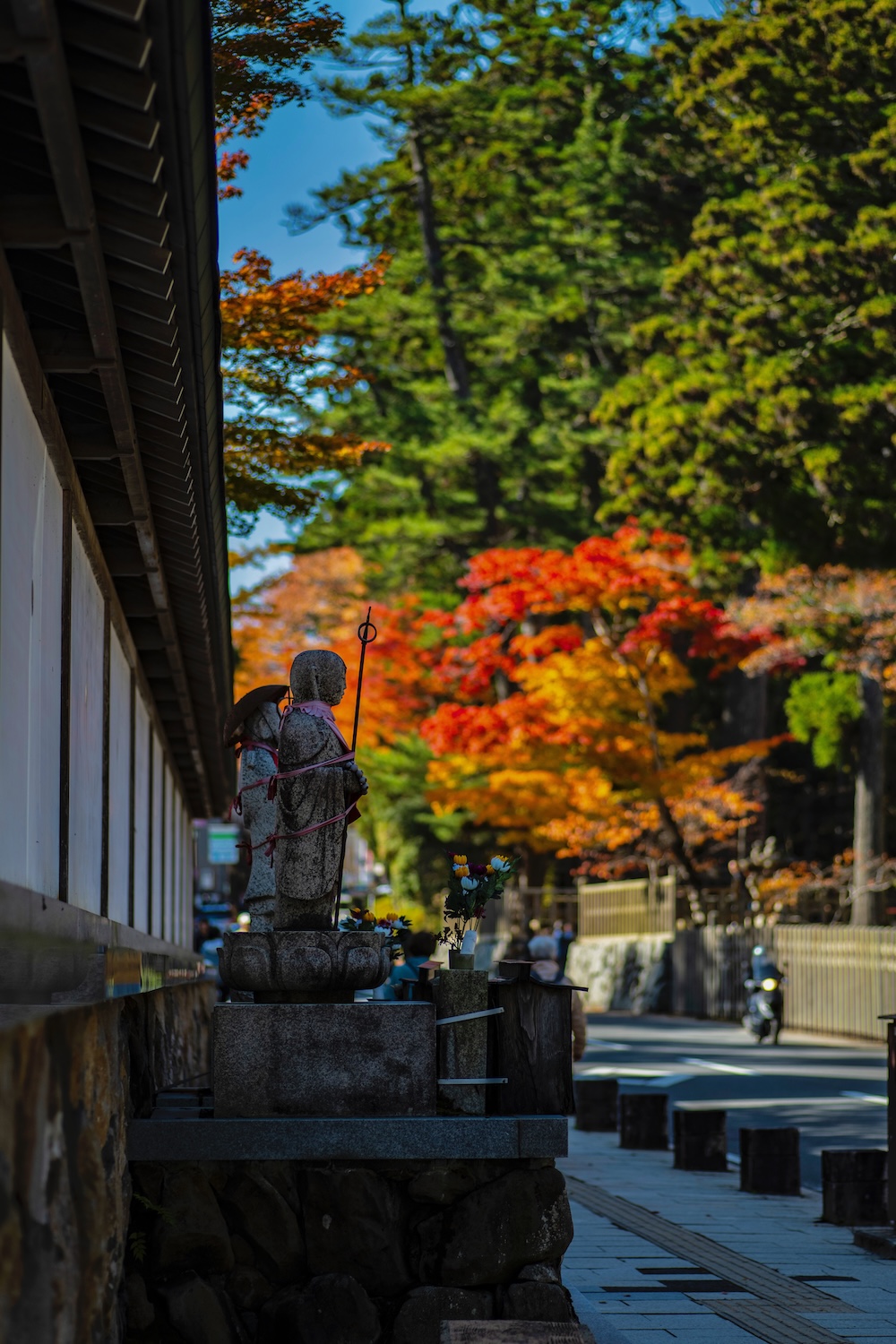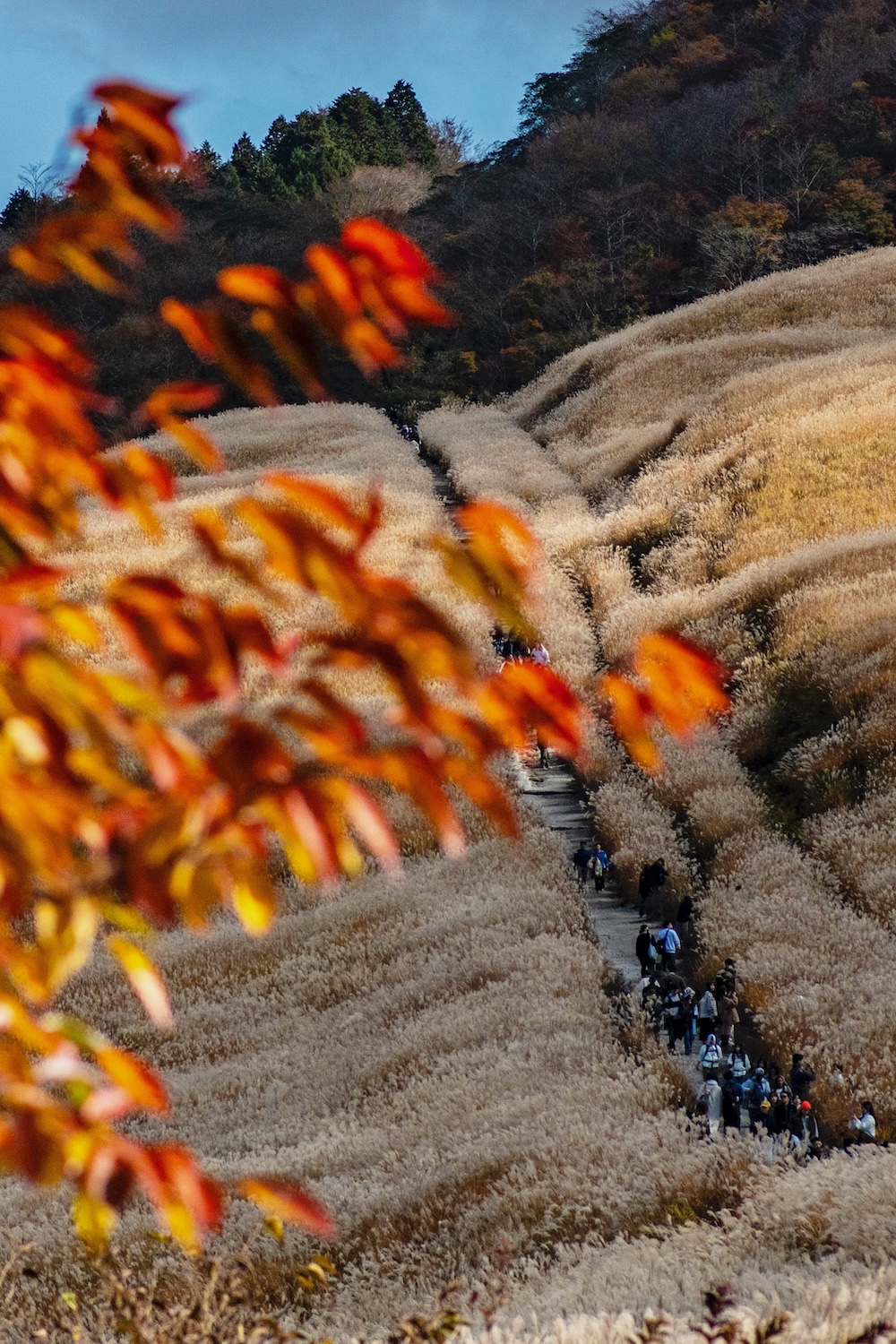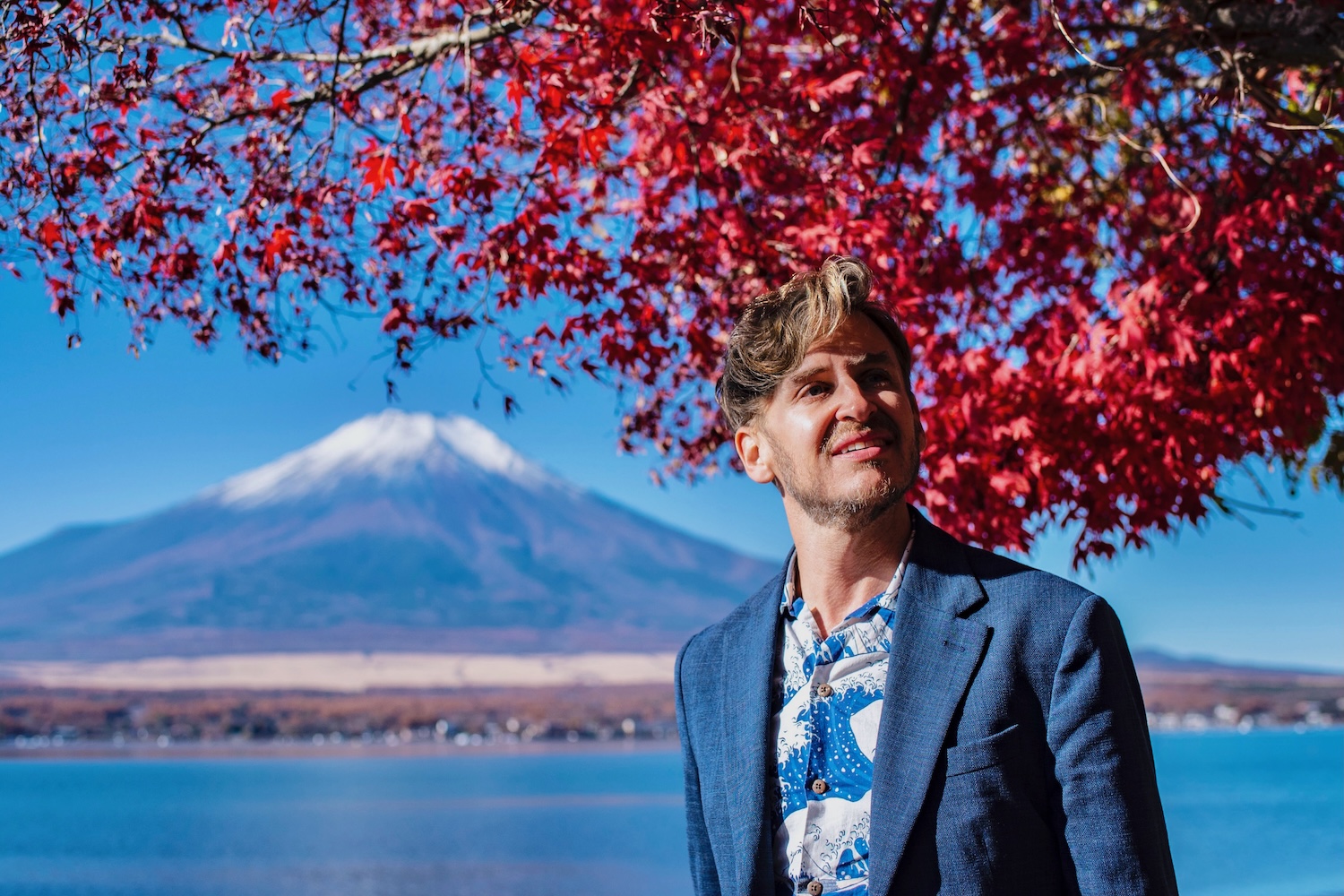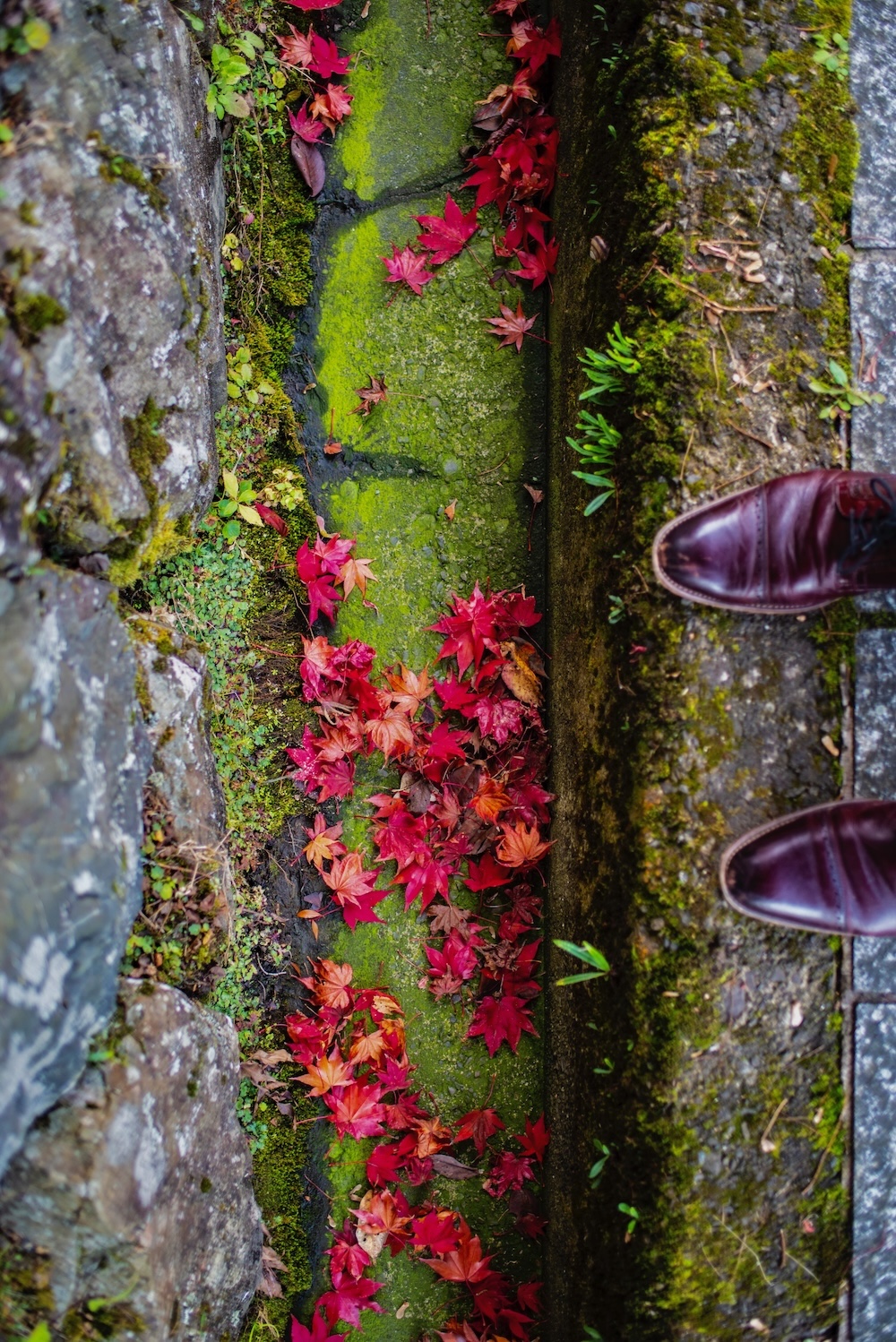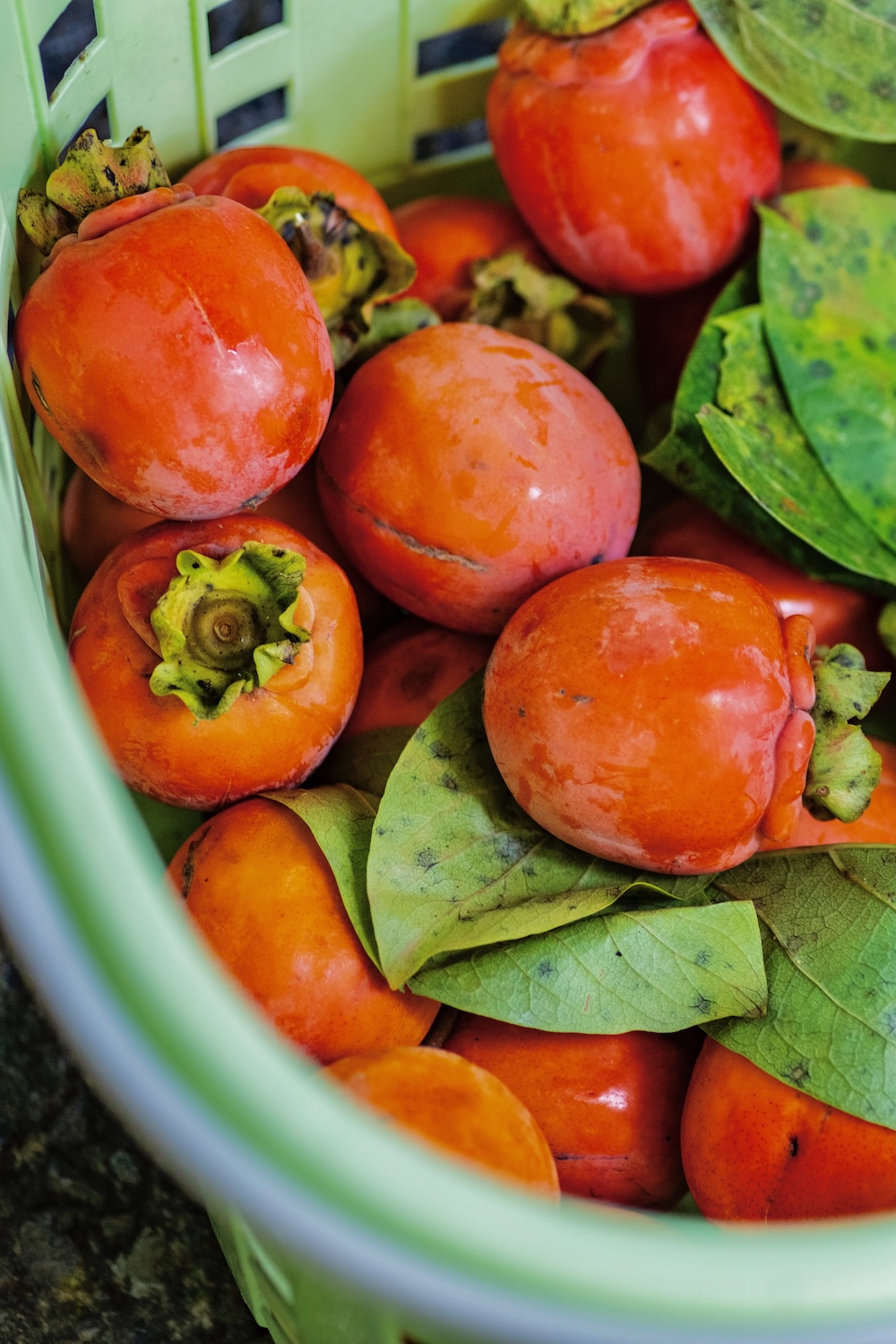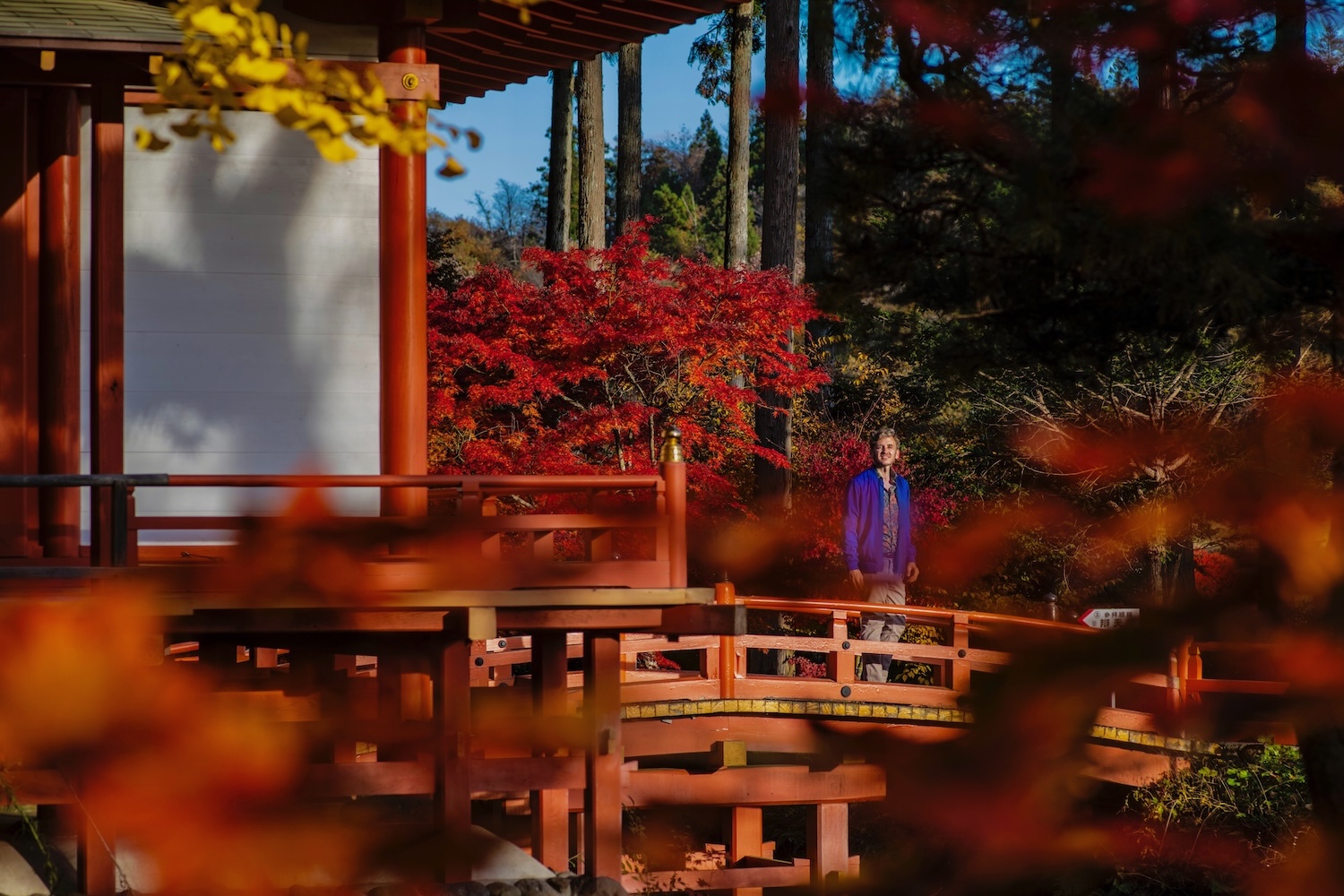Hurrying through Kosetsu-en garden in Hakodate for the second time in as many days earlier this month—it’s November 2025 as I’m writing this—the fiery maple stopped me in my tracks.
It was the second time I’d seen that particular tree, to be sure; I had spend the better part of an hour photographing it (and myself beneath it) the previous afternoon. Keep going, I told myself, shuffling through a list of all the places I planned to visit during my impending road trip. You’ve already got the images you need.
But that wasn’t true. The sky at the time I captured the tree had been cloudy, coloring the leaves (now a piercing crimson, a punishing scarlet) a fluorescent, flamboyant fuchsia that simply hadn’t done justice to the majesty of the arbor, to say nothing of deficiencies in my own appearance that had failed to assist me in transposing my vision into megapixels.
The results of my unwitting pause spoke immediately and clearly for themselves—and not just in terms of the first one you’ll see among the 30 I’ve shared below.
No, they elucidated something more profound—the Japanese principle of kaizen, more or less—that has come to define my creativity over the past two decades, and that would also go on to assert itself again and again during this particular trip, often during self-critical moments.
If you hadn’t made that left-hand turn at the last moment, I scolded myself weeks later, upon returning to Bitchu Matsuyama Castle in Okayama for the second time the same morning, you would’ve missed the shot you’ve waited five years to get.
I’d woken at 4, you see, and driven to a viewpoint overlooking the fortress in time to see the sunrise over it and the unkai (sea of clouds) it often swims in at this time of year. But it was only upon going back to the tenbodai after light had come over the horizon in earnest that I could capture the picture I’d seen in my mind’s eye for so long on camera.
Indeed, there’s also something affirmative about my tendency to make correct decisions at such existential junctures, both microcosmically (as with the Hakodate momiji and the Okayama shiro) and macrocosmically, in the context of my whole trip.
To some extent or another, I spend the first quarter-to-third of every period I travel thinking that I might not actually go through with the plans I’ve made. This is due to a combination of anticipatory anxiety and subconscious reverse psychology; I have only rarely embodied the proverbial executioner when push has come to shove.
On this sojourn, for example, having arrived in Japan over a day late thanks to the operational disaster that is American Airlines, I thought that I might pull forward the three days in Shanghai I’d planned as an epilogue, in part because of inaccurate information I read about the state of the colors in my first three stops.
I actually went so far as to book new (but, thankfully, refundable) flights from Narita to Pudong and back to Haneda, and a hotel for my revised dates as well.
Looking back on all these moves I made, I shudder when I think of how close I was to forfeiting so many of my eventual triumphs, images (many of which are among my favorites I’ve ever taken) and the insights I gained from capturing them.
But when I look at it through the lens of kaizen (more or less), it seems both to be obvious and affirming: Of course I made the right decision in the end, in spite of having no solid proof as I sped north from Aomori to Hakodate and from there south to Morioka that the leaves would in fact be as yellow, orange and/or red as they should at this time of year.
Every moment of the past 16 years has served to refine the discernment necessary to recognize it, and to strengthen the muscles (physical, yes, but emotional and intellectual, too) required to act.
And every aspect of this odyssey leveraged every component of the expertise I’ve honed, from the list of destinations and their sequencing, to timing them all just right to coincide with when I calculated peak colors would appear, to the times of day I’d visit each individual site to optimize lighting and to maximize my own stamina.
My hope, in spite of having blathered on for nearly 700 words, is that the results will speak for themselves. If not to my photography skills and knowledge about how to execute a trip with maximum impact, then to inspire your own autumn adventure.
(Assuming, you know, that you’re still on the fence about taking one.)

